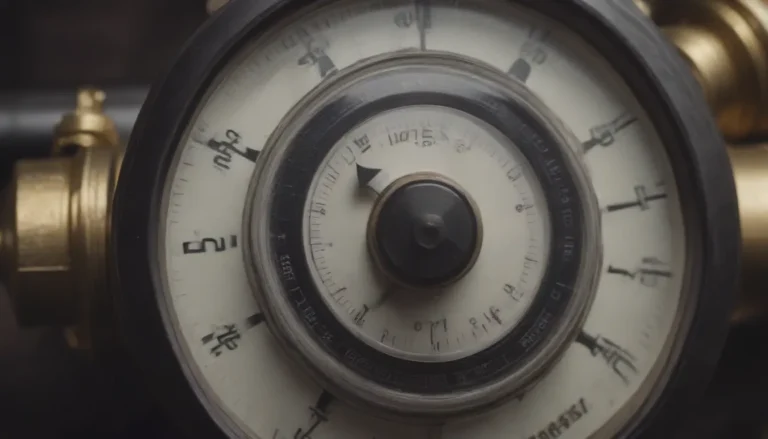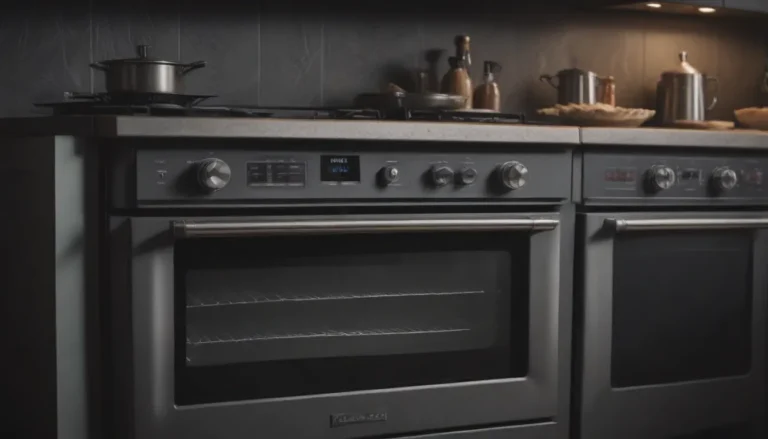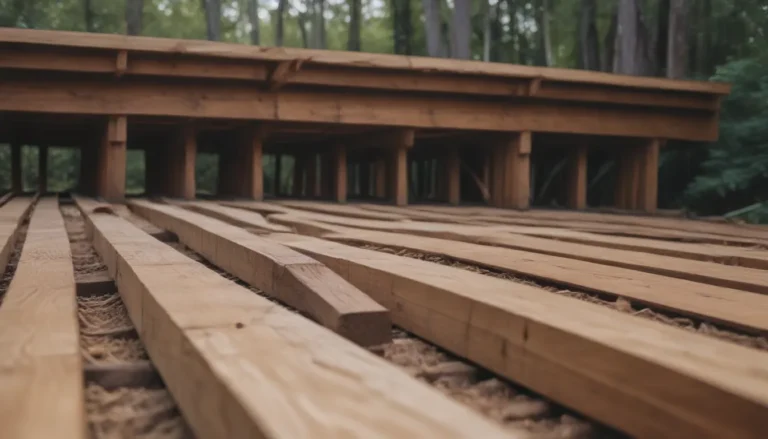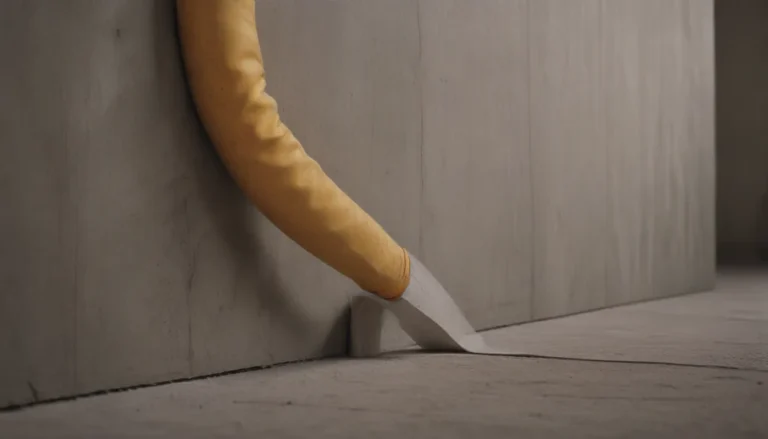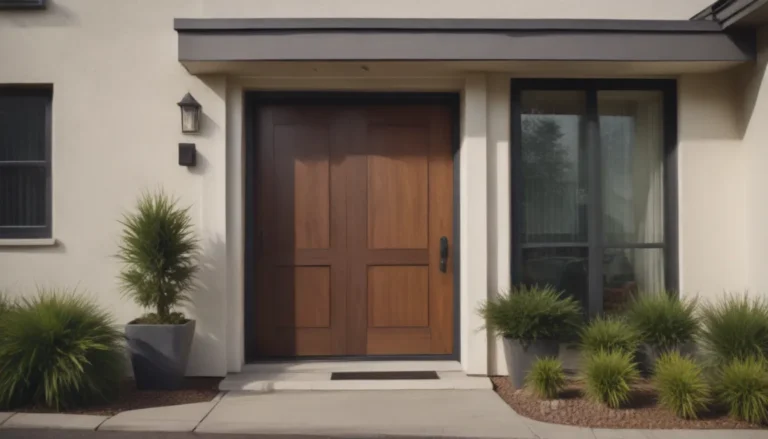Everything You Need to Know About Sewer Drain Clogs

Sewer drain clogs are no joke – they can lead to plumbing emergencies and even pose health risks. Imagine wastewater backing up into your sinks, showers, and toilets – not a pleasant sight, right? In this in-depth guide, we’ll dive into the nitty-gritty of sewer drain clogs, how to spot them, and what to do when you encounter one. So, let’s roll up our sleeves and get ready to tackle this stinky situation!
Understanding Sewer Drains
Let’s start by breaking down the basics of sewer drains. In homes with city sewer service, there’s a single horizontal sewer drain pipe running underground from the house to the street. This pipe, typically 4 inches in diameter but sometimes as small as 3 inches, connects to the main drain inside the house. The main drain collects wastewater from individual branch drains serving each plumbing fixture, including sinks, tubs, showers, toilets, and even the washing machine.
When the main sewer drain gets clogged, it can lead to a cascading effect, causing backups in all the drains in the house. This is why dealing with a sewer drain clog promptly is crucial to prevent a messy situation.
Signs of a Sewer Drain Clog
Now, let’s talk about how you can tell if you’re dealing with a sewer drain clog. Here are some key symptoms to watch out for:
- Multiple Fixtures Are Clogged: If more than one plumbing fixture in your home backs up simultaneously, such as toilets, showers, or bathtubs, there’s a good chance you’re facing a sewer drain clog.
- Unusual Reactions When Using Fixtures: Keep an eye out for odd sounds or behavior when using fixtures like toilets, tubs, showers, sinks, and washing machines.
If you notice any of these signs, it’s time to roll up your sleeves and investigate further.
Dealing with a Main Sewer Drain Clog
Components of a Drain Clean-Out Fitting
When it comes to sewer drain clogs, the main house trap is an essential component. This trap features two clean-outs – the street side and the house side – which allow access for clearing blockages. The clean-out fitting, equipped with a round threaded plug, is a critical part of the sewer drainage system.
Guidelines for Working with a House Trap
If you suspect a clog in your main sewer drain, follow these steps:
- Remove the Street Side Plug: Start by taking off the street side plug, but be cautious as the plug may be under pressure. If you encounter resistance, it’s best to call a professional.
- Inspect the Trap: Check the trap for any debris causing the blockage.
- Clear the Clog: If you’re able to free the blockage, be prepared for a rush of water once the clog is cleared.
Remember, working with raw sewage is hazardous, so it’s always best to leave complex repair jobs to professionals.
What to Do If Your Main Sewer Drain Is Clogged
In case of a main sewer drain clog, avoid using any plumbing in the home. Instead, follow these steps:
- Don’t Run Water or Flush the Toilet: By minimizing water use, you can prevent exacerbating the clog.
- Shut Off the Main Water Supply: As an added precaution, turn off the main water supply to the house to prevent accidental water usage.
- Call a Professional: Contact a plumber or drain specialist to clear the clog using specialized equipment like motorized augers.
By taking these steps, you can address the issue efficiently and prevent further damage to your plumbing system.
City Sewer Main Problem
For homes connected to a city sewer main, the clog may be in your own sewer drain line or in the city sewer main. To determine the source of the problem, check with your neighbors to see if they’re experiencing similar issues. If the city sewer main is blocked, city utility workers will handle repairs, but you may be responsible for costs associated with repairs confined to your neighborhood.
Septic System Considerations
In rural areas with septic systems, backups can occur when the septic tank or drainage field becomes full or saturated. During localized flooding or if the septic system is undersized for the home’s needs, problems may arise. In such cases, professional assistance is necessary to pump out the septic tank or make modifications to the system.
Additional Resources
For further information on sewer drainage systems and maintenance, check out these resources:
- Drainage Systems, an Occluded Source of Sanitation Related Outbreaks
- From Street To Sink: Water System Responsibility
- Troubleshooting Your Sewer Problem: Dealing With Sewer Backups
- How Your Septic System Works
In conclusion, being aware of the symptoms of a sewer drain clog and knowing how to address the issue can save you from potential plumbing disasters. Remember, when in doubt, always seek the help of a professional to ensure your sewer system runs smoothly and efficiently.
